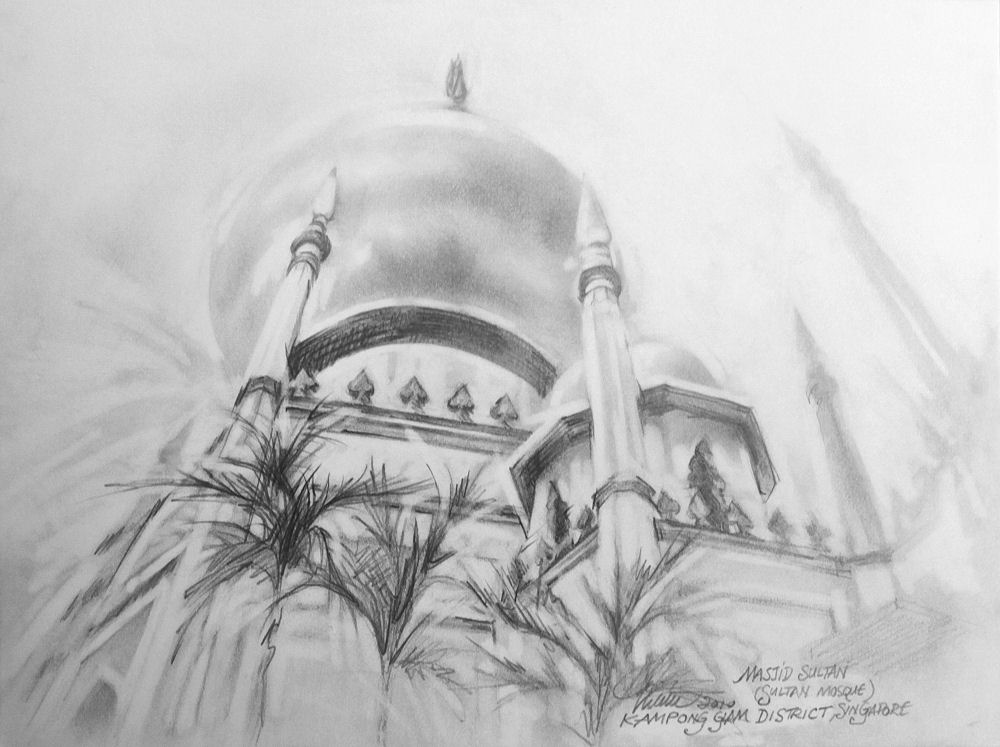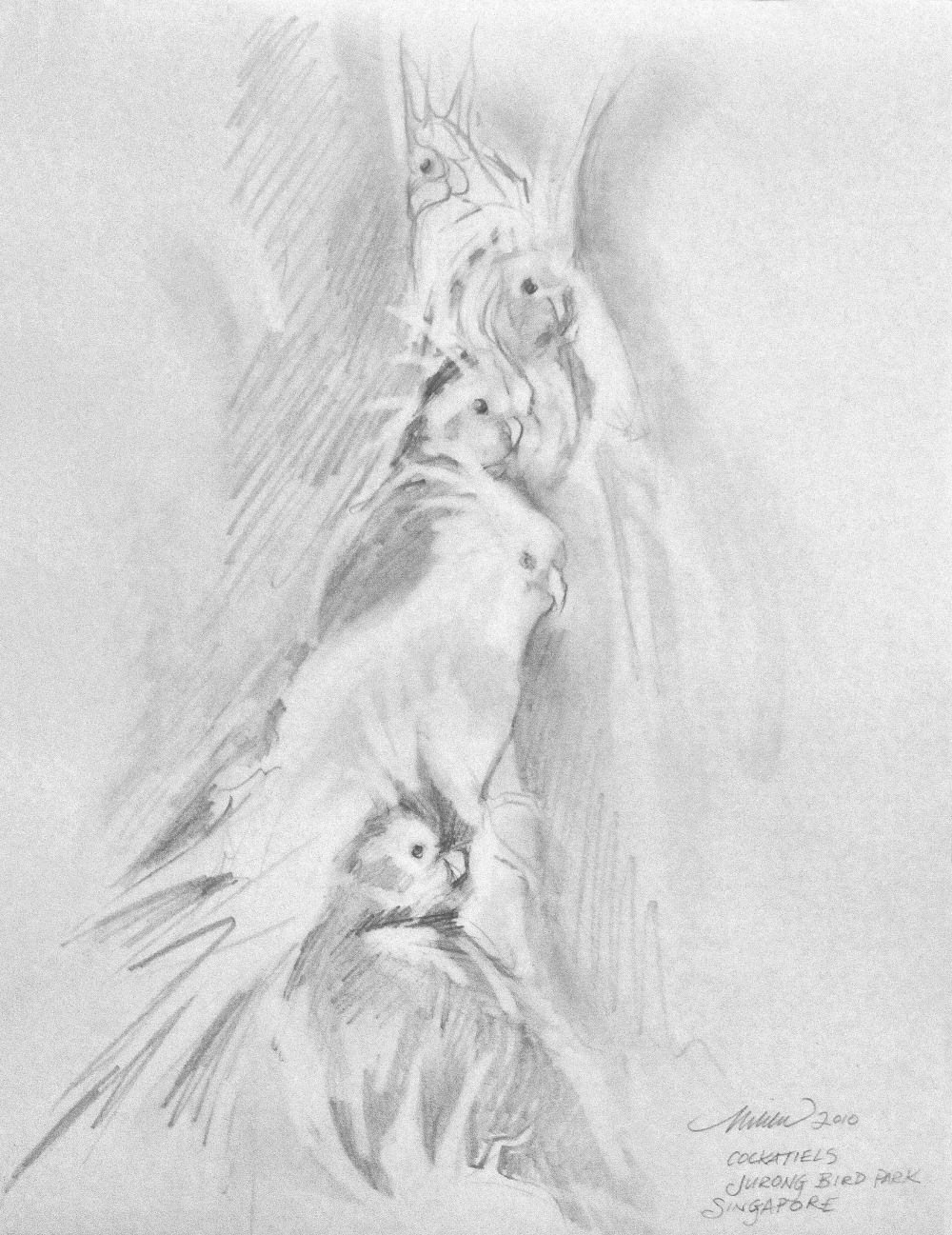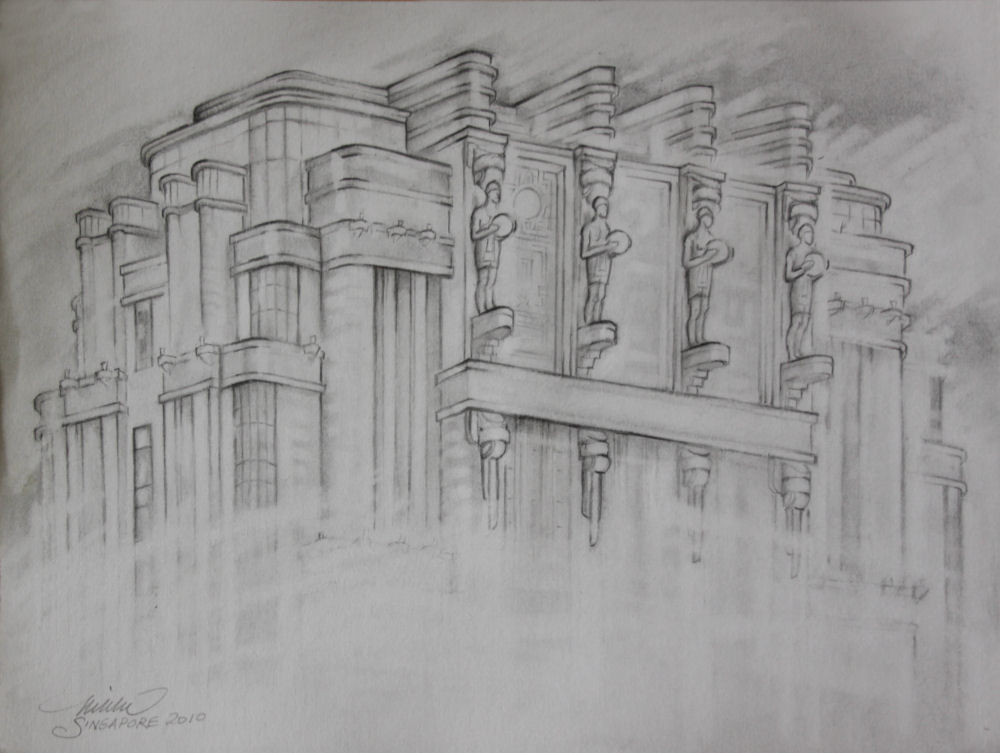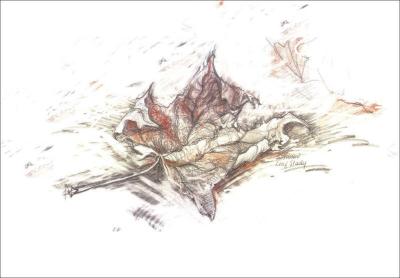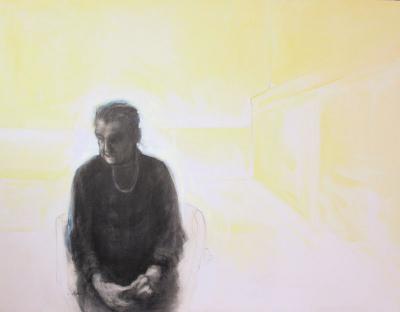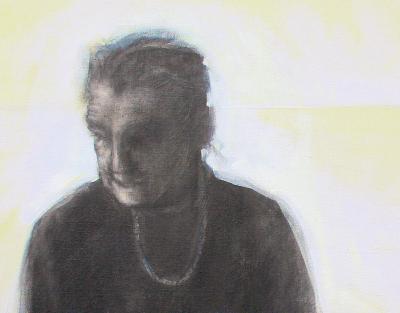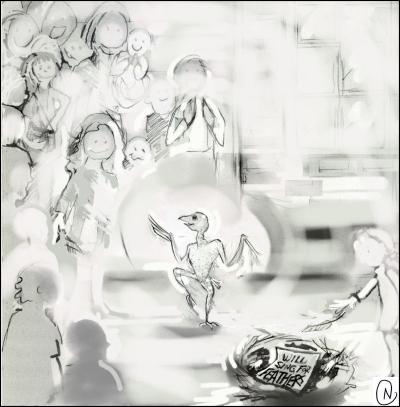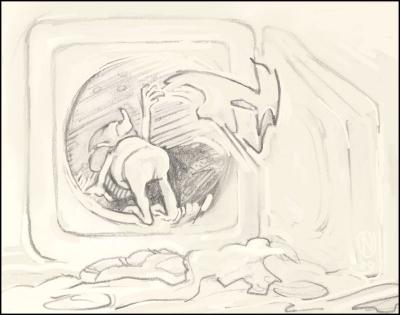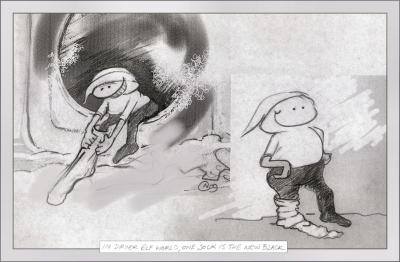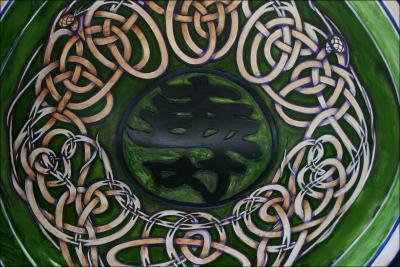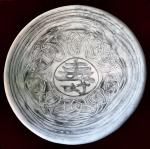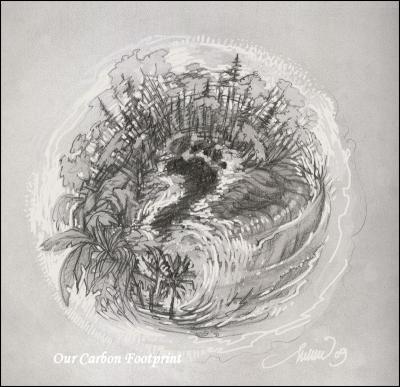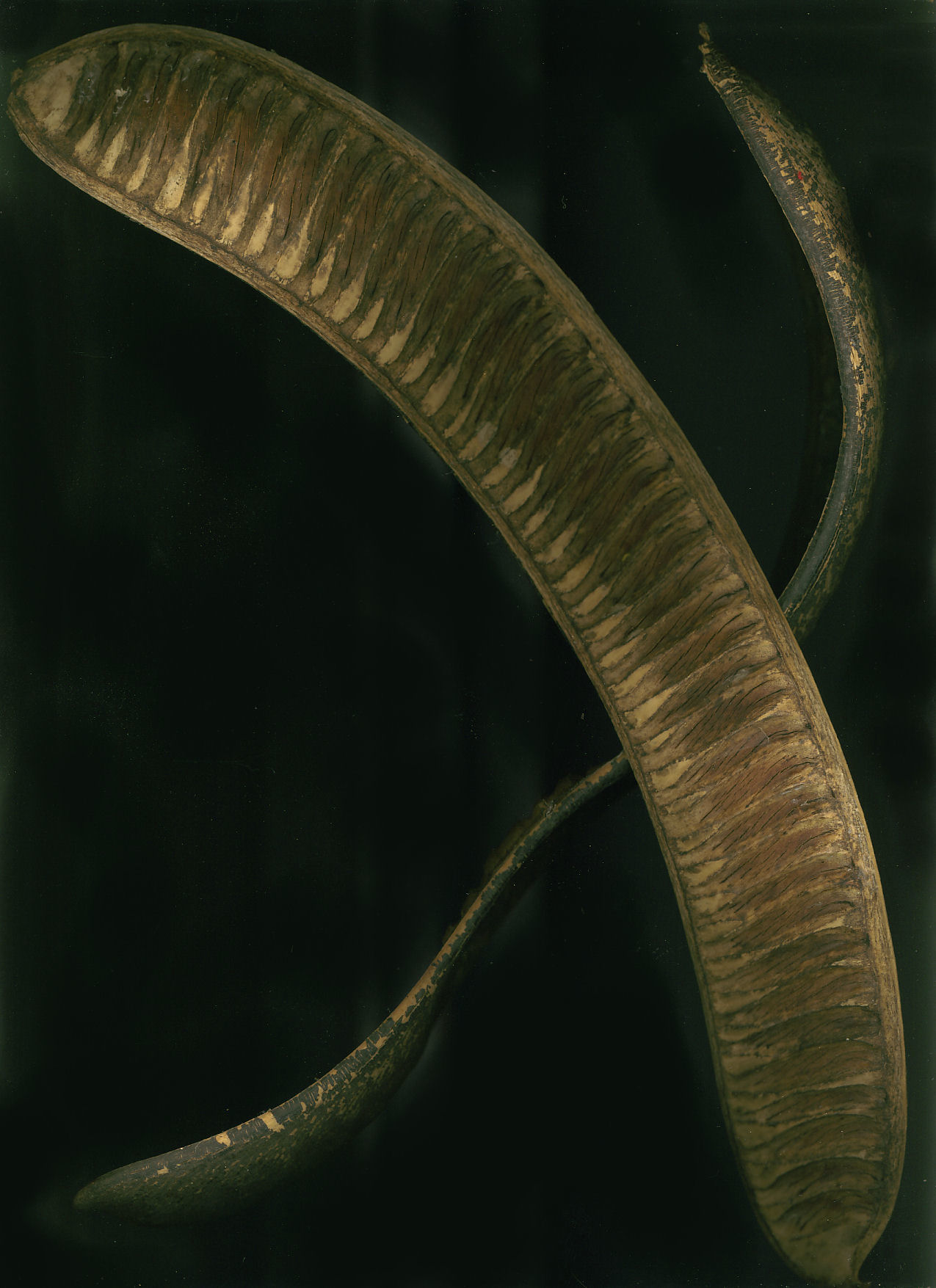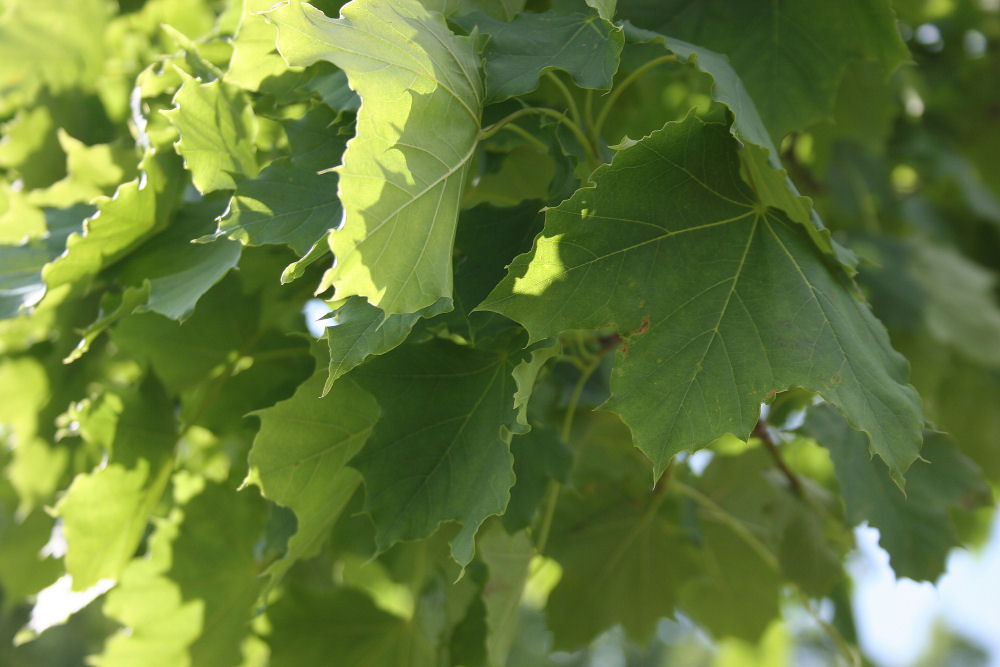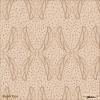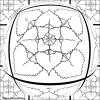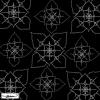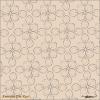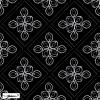graphite
« Previous Entries Next Entries »Masjid Sultan, version 01
Thursday, May 27th, 2010
Masjid Sultan, (Malay for Sultan Mosque), Kampong Glam district, Singapore, 9H x 12W inches graphite on paper, white mat and 15H x 18W inches white frame with crackle finish.
Cockatiels
Wednesday, May 26th, 2010
Cockatiels, Jurong Bird Park, Singapore, 9H x 12W inches graphite on paper, white mat and 15H x 18W inches white frame with crackle finish. Check out the Jurong Bird Park website.
Showcased in the J. Mane Gallery’s Fins, Feathers and Fur 2020 Exhibition.
New Series: Twenty-five days in Singapore
Tuesday, May 25th, 2010
Parkview Square Building, Singapore 11H x 14W inches graphite on paper
The opportunity to travel to Singapore popped up with a few days notice. While I’m here the plan is to do at least one sketch per day. The new series is called “Twenty-five Days in Singapore”. I drew the upper portion of the very unique Parkview Square building from my hotel room over the course of two days while recuperating after the 28 hour flight from Dallas. At a cost of $87 million, the Art Deco style building was completed in 2002. The eight fiberglass figures each holding a light-ball guard the building, only hint at the sort of art and design to expect on the grounds and the gorgeous interior.
Writing
Thursday, April 1st, 2010
The article on Drawing is finally revised and re-posted…10 days writing and revising. If I could draw about extreme writing I would, because it would certainly be a lot easier! Tomorrow, a treat away from all the computer work: starting a new painting. Today: a leaf study, conte and graphite on paper.
A Heart Filled to the Brim
Sunday, January 17th, 2010
A Heart Filled to the Brim, 36H x 48W x 2D inches, water soluble graphite, acrylics on canvas. On exhibit along with Polypore Fungi February through May at the Oxide Gallery, Denton, Texas
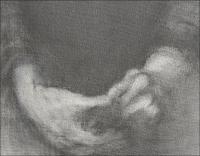 An excerpt from the song, I Don’t Believe by Paul Simon on the CD, Surprise:
An excerpt from the song, I Don’t Believe by Paul Simon on the CD, Surprise:
I don’t believe a heart can be filled to the brim
then vanish like mist as though life were a whim.
Maybe the heart is part of the mist
And that’s all that there is and could ever exist.
A portrait of Alzheimer’s honoring my Grandmother, my Mother-in-law (whose portrait this is, and whose 80th birthday is in two days), and now recently my own Mother who is in the earliest stages; and with empathy for all those afflicted, including the families dealing with the awful emotional reverberations caused by this disease.
Here are a few websites providing information about Alzheimer’s Disease
http://www.alz.org/index.asp
http://www.alzheimersrxtreatment.com/learnaboutalz.html
http://www.alzheimers.org/
Basic pricing strategies: Artists and the economy
Thursday, September 17th, 2009
How do artists price their work? How do artists price their work honestly, consider themselves as legitimate business persons, still with equal regard to the buyer looking for quality and a fair deal? How do artists price their work reasonably while acknowledging the responsibility we have to our trade; that is, respecting that we, in many cases, base our prices on each other’s? How do artists price their work while competing other artists, when for some, savvy marketing skills yield profits far higher than the quality of their art? (Subjective as art is, we all recognize quality…or do we?). How do artists price their work to sell in a dicey economy? How do artists price their work to sell in a dicey economy that’s dependent on the moral and ethical whims of public spending, and the consequential extremes of society?
 I have just reluctantly slashed the prices on my artwork. I’m not going to soften the announcement with a less violent description, because compromising what I feel are well-earned wages, whether adapting to economic conditions or sharing a percentage of it for any reason, is brutal. My canvases are not the only ones feeling the brush of reality these days though; I see, hear and read that a lot of artists are reevaluating how much they ask for their work. Still, I applaud those artists who continue to stand up for the principles of the unspoken “Artist’s Code”, as Homer Simpson might put it. I’m not fond of unsold art accumulating and spilling out into every room of my home though. The hope is that it will resonate with someone else besides me. It must be seen and it must be shared.
I have just reluctantly slashed the prices on my artwork. I’m not going to soften the announcement with a less violent description, because compromising what I feel are well-earned wages, whether adapting to economic conditions or sharing a percentage of it for any reason, is brutal. My canvases are not the only ones feeling the brush of reality these days though; I see, hear and read that a lot of artists are reevaluating how much they ask for their work. Still, I applaud those artists who continue to stand up for the principles of the unspoken “Artist’s Code”, as Homer Simpson might put it. I’m not fond of unsold art accumulating and spilling out into every room of my home though. The hope is that it will resonate with someone else besides me. It must be seen and it must be shared.
Andy Warhol said: “Art is what sells”.
Maybe the average art enthusiast doesn’t know how we derive prices for our work. Maybe many artists don’t stop to dissect their decisions either. The prices of art in galleries worldwide are inconsistent, confusing and often irrational, and who is authorized to price artwork like that anyway? (Ideally it should be the artist). There are so many variables. I’m probably going to miss naming a few here because methods for pricing vary from artist to artist, hobby or career, and if their art is in the form of products or services. Costs of materials and time spent are considered, and price differences with regard those two factors have everything to do with the quality of time spent and quality of materials. Skill levels, concepts, originality, to some extent size, (ie. sculptures, murals), and if it’s for sale in a home studio in Rocky Mount, North Carolina or a high-end gallery in New York City…and most artists will tell you that above all, the final price has to “feel” right. For some strictly structural Art-minds, feelings in art don’t have a leg to stand on – but in actual fact they have two legs (the human thing). The most unpredictable, nonsensical thing is that even if the artist makes an impact while alive, their older work may be worth much less than the most recent, but when the artist dies, prices of their earliest works may increase.
Will Sing For Feathers, 8 x 10 inches, traditional graphite drawing scanned, drawn digitally, printed, process repeated
As we gain experience, confidence toward change and experimentation, and progressively improve our development as Artists, theoretically we should be able to charge more, which is why “mature” artists naturally feel they deserve to be paid more. Case in point: me. The price I initially wanted to charge for “Dancing With Trees” was $7,500.
It seems like a lot to be asking for those unfamiliar with all that painting or other forms of artwork involves. Time seems to be the most accountable factor in producing it. After viewing the artwork and the price, the most common question is: How long did that take you? It’s a fair question, because for most jobs, time input equals amount charged; a predictable amount of money is paid in exchange for a certain amount of labor within a set amount of time. If only it were that simple.
Using that system to price then, Dancing With Trees is my very best work to date, and it took almost 50 years to learn how to paint it. The price was reduced from $7,500.00 to $5,500.00. Assuming I don’t have to share a percentage of that figure with a gallery, and assuming it sells in the next year, that works out to approximately .7638888888888889 cents per hour. I feel confident that it’s worth that much. That’s a wage about as kookoo as a bird dancing for its own feathers. One day someone will come along who has an extremely large wall and agrees that the painting is worth .7638888888888889 cents per hour, and they will buy it. Each year work hangs around with me though, I decrease the asking price as new pieces are created.
Sometimes I wish I was just a bird!
The vocation of Artist is a calling, and a journey of personal growth. Who doesn’t want to do what they love, learn all the time, contribute the best they have to offer to the world, and earn a living as well? Creativity is not only what we love to do; it is a deeply-rooted habit, a compulsion and an addiction of the very best kind. Art is connected intimately with our lives so we continue to make “stuff” no matter what, and preferably, the artists’ judgment of its’ value will be trusted. In my revised Price List I’ve made a good effort to be fair to the buyer while at the same time remaining true to myself.
Post script, 2016: Well, such is life — due to the economy, and a taste of humble pie, I have since lowered the price of Dancing With Trees 03 to $1,100. It’s still substantial enough to pay for my time and material costs, and perhaps more in tune with the reality of art sales expectations these days.
The Dryer Elf
Friday, May 1st, 2009
Alright, I try to work every single day, but there are days when work just has to be play for a while. This morning my husband and I had a little argument over who it was that dumped all the clean clothes that were in the laundry basket onto the floor. My position was that it was the elves. We stopped arguing and started laughing.
The Tree Of Life chair
Saturday, April 18th, 2009
April 18th, above: still in an extremely rough state, and still deciding about which colors to use and how. There must be much more plaster on the Salish chair, because this one is not carving as well. Only the Shou symbol will stand out carved..all else will be implied. Blue, purple and green are the new black! Actually that’s the old impressionist trick of course, but I also rarely use black if those 3 will do – they are much livelier and more interesting than flat black. The Yin-Yang/Aboriginal legend snakes have been eliminated because working them in color-wise was going to be a problem. The Celtic design was getting lost in too much else around it. I am anxious to find another chair because I really want to do one with Australian-inspired motifs and colors.
Post-dated note: Unfortunately, there is not enough room to show this for the premier of the Trees show in Raleigh. I’m mostly relieved that there is extra time in my schedule now for preparations, but this chair now needs to be set aside in light of the other priorities.
April 14th: 29H x 29W x 29D inches vintage chair, canvas strips, layers of sanded plaster.
The design incorporates a few esoteric concepts common to many world cultures: Overall is the idea of the Tree of Life and the theory of As above, So below, represented by branches and roots. Symbolic of longevity along with the pine tree, and central to the design is the Japanese character, Shou. The branches and roots of the pine tree are interwoven in the classic Celtic style, inspired by designs in the Book of Kells, gospel manuscripts that were illustrated by Irish monks around the year 800 A.D., common era. Two snakes drawn in the Yin-Yang placement represent Australian Aboriginal legends; the Rainbow Snake is their most important sacred symbol, believed to be the creator of all things. Christian biblical literature it is the snake who gives the apple from the Tree of Knowledge to Eve. There are more, but the rest you may like to discover yourself!
There is still plenty of intricate work to do with the roots – this’ll be fun! Drawing freehand is much better than casting the original drawing on with light and tracing it because each time it’s drawn, first with graphite, then marker, then many layers of paint, I become more familiar with the lines and the final outline will be steady and clean.
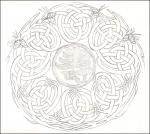 April 7, 2009: While studying some of the previous paintings that are still in progress, I sketched out my version of The Tree of Life, a preliminary drawing for the fourth refurbished vintage chair, and have also been layering and sanding the plaster in preparation for it. Colors planned are black, off-white and greens. The other chairs in this series are shown here.
April 7, 2009: While studying some of the previous paintings that are still in progress, I sketched out my version of The Tree of Life, a preliminary drawing for the fourth refurbished vintage chair, and have also been layering and sanding the plaster in preparation for it. Colors planned are black, off-white and greens. The other chairs in this series are shown here.
Our Carbon Footprint
Wednesday, April 8th, 2009
Our Carbon Footprint, graphite on paper, scanned, digital pen
Creativity is above all our best resource to finding and maintaining improved solutions with regard to our impact as consumers on the earth. Our carbon footprint is worthy.
The Majesty of Trees Exhibition was just accepted to show at the University of Wisconsin-Madison Arboretum in the Steinhauer Trust Gallery during May and June, 2010.
Design Inspiration
Sunday, July 27th, 2008
My Dad recently gave me a few Art books of his. I remember browsing through them when I was younger. He always left his books out laying around on the tables, intending to plant the “drawing seed” in me, and it worked. One of the books Is about the art of M. C. Escher. What a mind! You can’t help but flip through pages of art like that and not be inspired.
 This week I was also organizing my photos of leaves, seeds, and bark that I took specifically because of their outstanding design. Looking through the books plus my photos compelled me draw a few designs I’ve had in mind for a couple of years. I may paint some large one-of-a-kind cushion covers using a few of the best.
This week I was also organizing my photos of leaves, seeds, and bark that I took specifically because of their outstanding design. Looking through the books plus my photos compelled me draw a few designs I’ve had in mind for a couple of years. I may paint some large one-of-a-kind cushion covers using a few of the best.
 There is no substitute for a good old fashioned pencil, but it’s sure fun to play with the Paint Shop Pro effects, cut and paste, repeat patterns. The drawing combined with computer play have me appreciating Escher’s work so much more. He did not use computers at all.
There is no substitute for a good old fashioned pencil, but it’s sure fun to play with the Paint Shop Pro effects, cut and paste, repeat patterns. The drawing combined with computer play have me appreciating Escher’s work so much more. He did not use computers at all.
« Previous Entries Next Entries »


